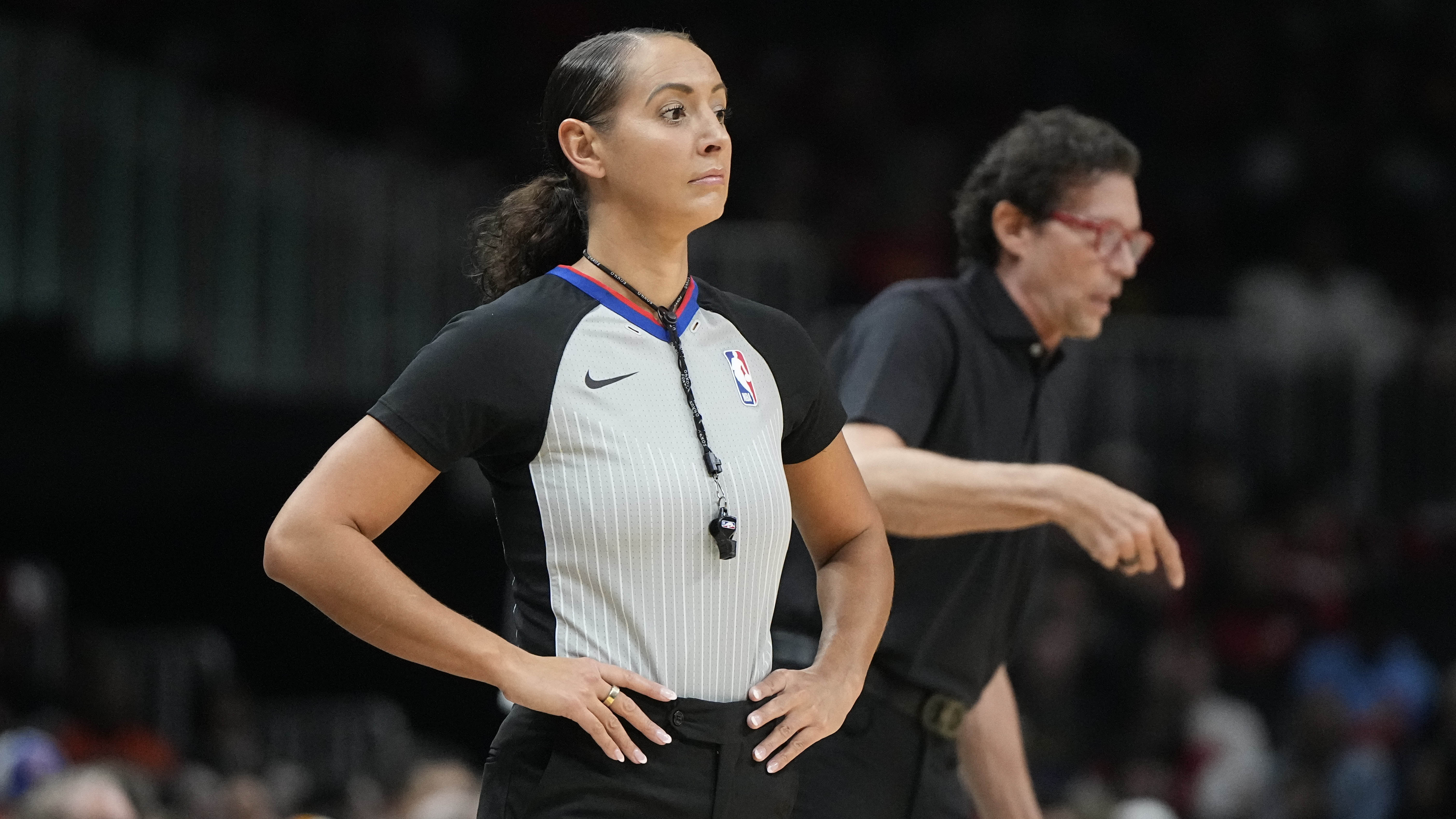When Kendall Gill began a 32-year-old training program to ready himself to play in a 50-and-over basketball league, he thought it was a nice connection to his Final Four past at the University of Illinois.
Little did the 15-year NBA veteran know he’d actually be starting a movement.
Gill, an analyst for NBC Sports Chicago on Bulls Pregame and Postgame Live shows, always has been a fitness fanatic. So dusting off the “60-40” drill that he and teammates like Nick Anderson, Marcus Liberty, Kenny Battle and Stephen Bardo utilized the summer before their storybook run to the 1989 Final Four seemed a natural challenge.
Click to download the MyTeams App for the latest Bulls news and analysis.
Then, COVID-19 paused his plans. But he kept training. And asking people to join him.
As the global pandemic’s hold on toppling normalcy strengthened, so did the resolve of Gill and his followers. In a time when outdoor, socially-distanced exercise has become seemingly even more important and mental health challenges abound, Gill has found yet another calling.
He’s part coach, part motivator, part friend, part family man with his two sons out there with him. Six mornings a week, the “60-40 club” has become a safe haven and gathering place for those who can handle its physical and mental challenges.
NBA
“This is a stressful time,” Gill said in a phone conversation. “People need an outlet.”
When Gill first started the routine up again in March, high-profile friends like former Secretary of Education Arne Duncan, former DePaul standout Malik Murray and former New York Knicks staffer Ian Mahoney joined him.
It calls for participants to sprint 60 yards, jog 40, touch the goal line on a football field, turn around and do it again. The first day, participants do this 20 times. Each day, you add one repetition until you complete the sprint-jog mixture 45 times. Then, you take one circuit away each day until you get back down to 20 reps.
It’s a 50-day process and takes about 45-50 minutes daily.
But even with the daunting challenges, Gill’s community grew. NBA officials and local residents Marc Davis and James Capers stopped by to prepare for their assignments at the league’s restart at Disney World. Hall-of-Famer and Chicago resident Tim Hardaway did too.
But so did every day people like 77-year-old John Cater, who became the 12th participant to complete the cycle last week.
“I realized right around the middle of May. That’s when I started getting a really strong following. And everyone showed up six days a week,” Gill said. “People hang out because it has become a community. We have music out there. People stay after and talk.”
For good measure, Gill added what he calls “combat conditioning” drills to the running workout because, well, of course he did.
“Get your drink of water and get your three minutes of rest,” Gill said. “Then you have to do your calisthenics.”
Those consist of 20 Hindu squats, 20 Hindu push-ups, 20 sit-ups, holding a back bridge for 20 seconds and holding a plank for 20 seconds. Each day, Gill adds one set, just like the sprints.
“By the time you’re done with the cycle, you’ll have done 1,645 push-ups, 1,645 squats, 1,645 sit-ups, back bridges and planks, and run 93 miles,” Gill said. “I’ve lost 29 pounds since March 11.”
Gill’s Twitter feed has become a testament to people’s perseverance. He presents a T-shirt to those who complete the cycle and offers words of inspiration and encouragement.
For his part, Gill typically arrives to a park in the Bronzeville neighborhood around 4 a.m. to get in his workout. Then he stays and serves as coach and motivator for the groups who trickle in until typically around 8 a.m.
“It’s challenging. It’s designed to make you quit. But it’s not so hard that you can’t do it,” Gill said. “I’m tough but I’m fair. I understand when people are hurting or need a day off. And I’ve learned you can’t treat everybody the same. So I’m learning too about what coaching and leading is like. It’s about managing personalities.”
James Anderson, the current dean of the College of Education at Illinois and then a professor who had ties to the basketball program, first introduced the “60-40” drill to Gill and his teammates in the summer of 1988. They had just come off a crushing NCAA Tournament loss to Villanova.
“We were all in right from the start. We wanted anything that would make us better,” Gill said of that summer of 1988. “In Champaign in the summertime, it is hot. And we were on Memorial Stadium turf field.
“That’s why we were able to kill people. We were in so much better shape than everybody else. If you do that on a football field for 50 days, a basketball court seems like nothing. You can run all day long.”
Gill doesn’t ask for that. He asks for commitment and camaraderie, two traits that can go a long way in an uncertain time.


